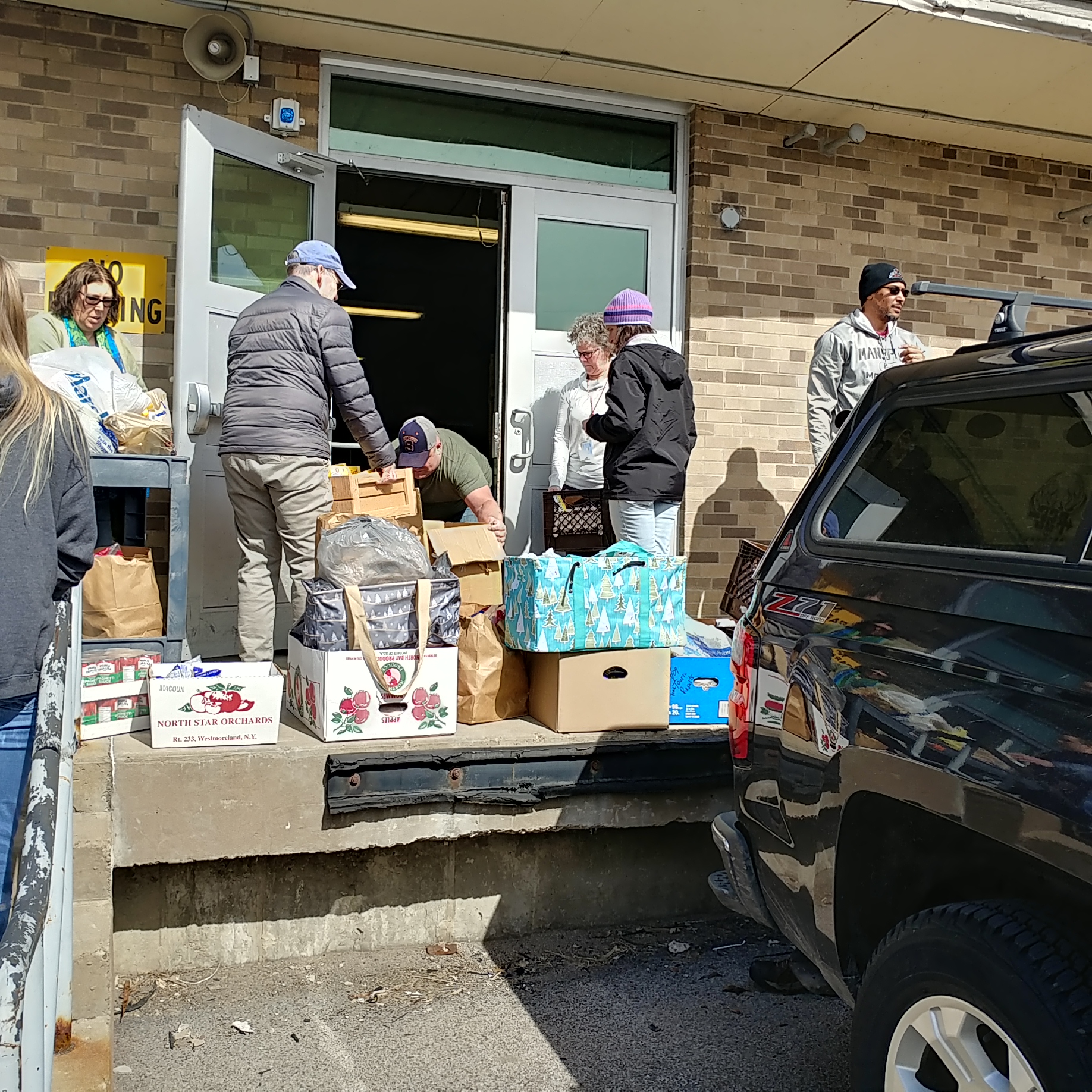
“Community schools are public schools that focus on the immediate needs of the communities they serve, from providing health and dental clinics to establishing food banks and clothing drives to providing stable housing or language and job attainment classes. Their purpose is to understand what the families of their students need and then find a way to provide that support – something that often happens naturally in communities with more economic, social and political capital but which is often left unchecked in low-income and socio-economically diverse neighborhoods.
“So long as this country has a tattered safety net for children, we are going to need community school models everywhere to enable kids to be healthy, to learn and have a reasonable future,” says Linda Darling-Hammond, president and CEO of the Learning Policy Institute who has spent decades studying the impact of community schools. “It’s in everyone’s best interest. It’s not just another little program on the side. We really need this approach to be the fundamental approach that we have.”
Research shows that community schools have a wide range of positive impacts on students and throughout the community, from improving attendance, academic achievement and graduation rates, to reducing disciplinary actions and increasing the physical and mental health of students and their families. One analysis found that community schools yield up to $15 in social benefits for every dollar invested. And they’ve proven especially important for underserved students and their families, who experience higher rates of economic insecurity, food scarcity and mental health challenges.”